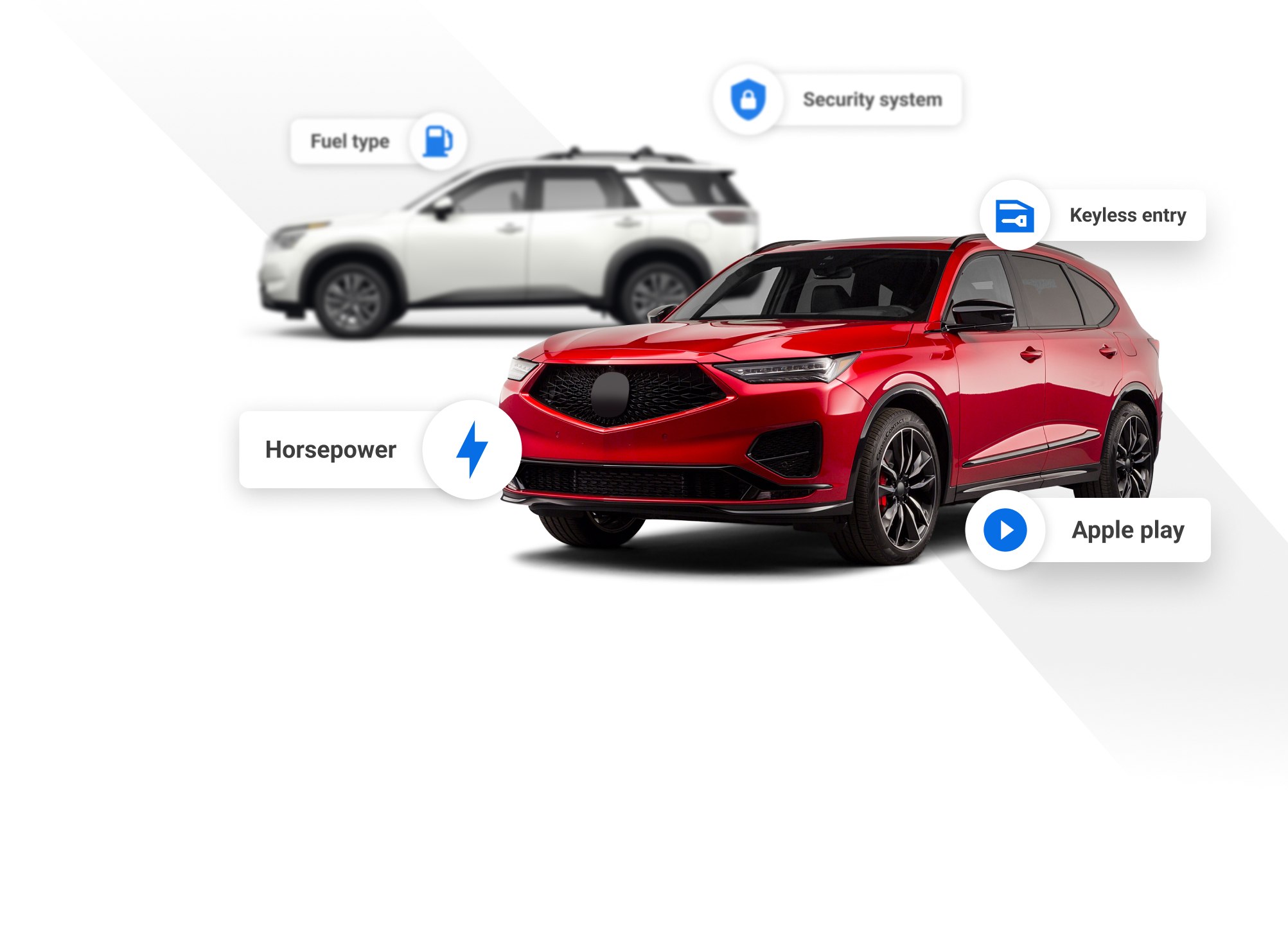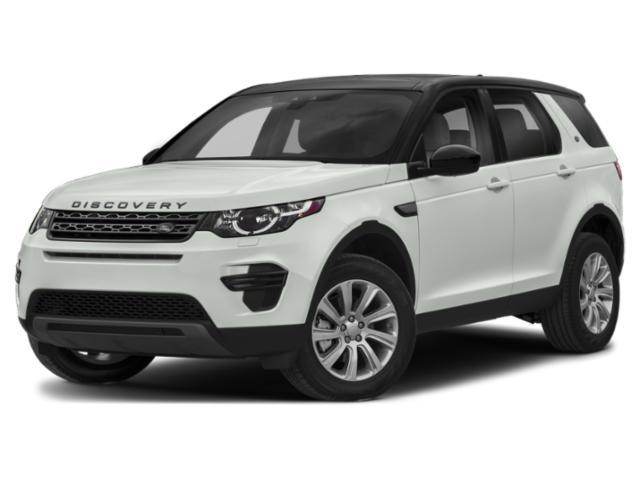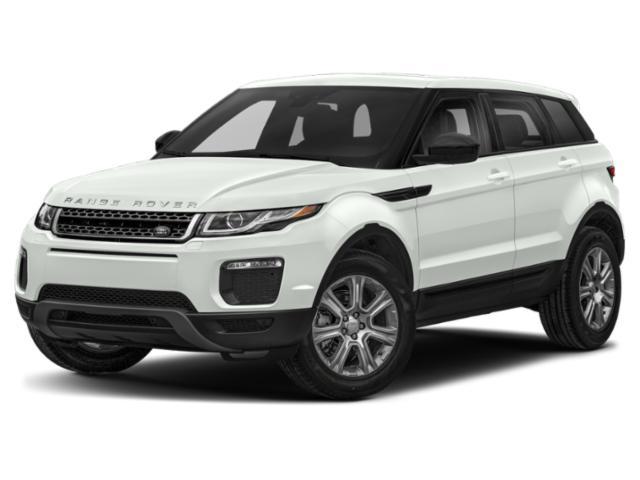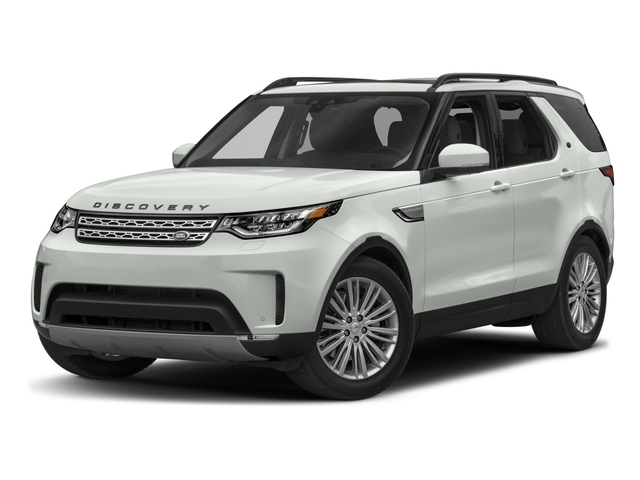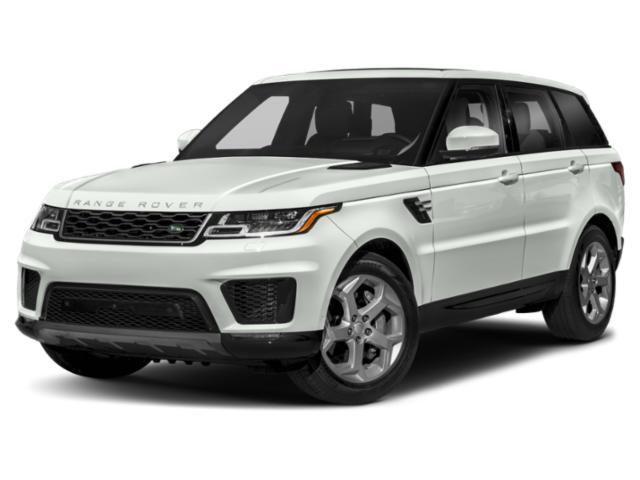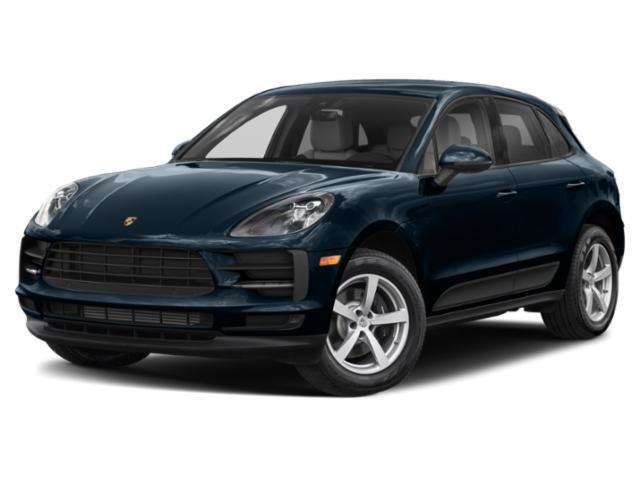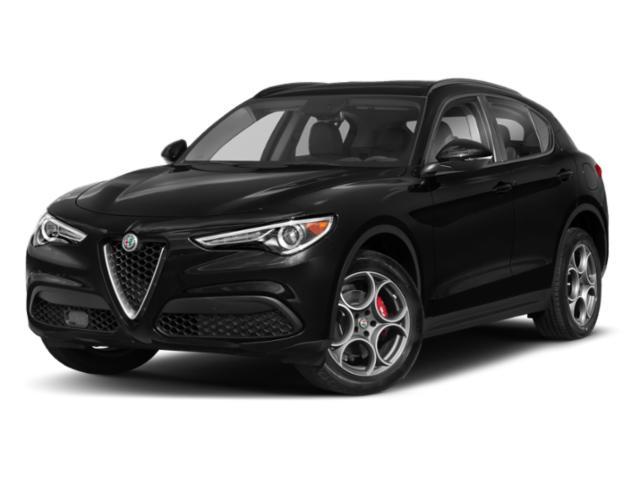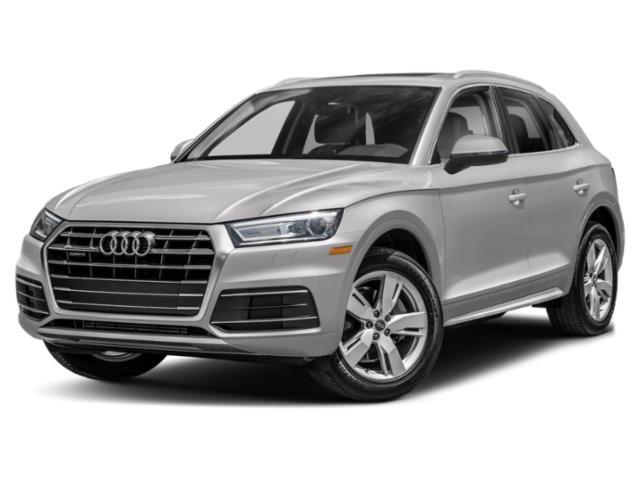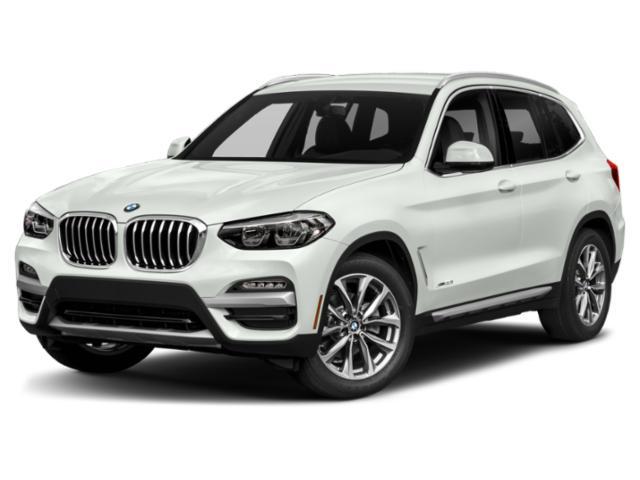
2019 Jaguar E-Pace


Key Specifications for 2019 Jaguar E-Pace






Buyer’s Guide
The compact Jaguar E-Pace may live at the entry-level end of the luxury utility vehicle market, but this British automaker has made an interesting move for the model's second year in the marketplace. It has effectively eliminated last year's basic E-Pace SUV models so that the range begins with the surprisingly nicely appointed P250 SE trim.
Gone are last year's base and S versions of the P250, while the more potent P300 R-Dynamic also drops its S variant and carries forward its SE and HSE trim levels.
That means that the E-Pace no longer starts out with true entry-grade design cues like 17-inch wheels and cloth seating. Instead, the P250 SE comes kitted out with leather, 19-inch alloys, 14-way electric front seats and auto-dimming and power-folding side mirrors, that last item being a particular surprise in a vehicle priced at less than $50,000. Standard safety items include traffic sign recognition with an adaptive speed limiter, park assist, 360-degree parking aid and rear traffic monitor.
The all-four-cylinder engine lineup is unchanged. P250 models get a 2.0L turbocharged four-cylinder making 246 hp and 269 lb-ft of torque, while the P300 uses the same motor boosted to 296 hp and 295 lb-ft. A nine-speed automatic transmission and AWD are standard in both, but the R-Dynamic gets a slicker "active driveline" all-wheel setup that can move almost all of the engine's power to either the front or rear axle as driving conditions dictate.
P300 R-Dynamic SE trim adds its own 19-inch wheel design, but is otherwise equipped similarly to the P250 SE. The HSE variant sees some upgrades, though, in 20-inch wheels, 18-way front seats, perforated Windsor leather upholstery, navigation, an interactive driver display, adaptive cruise control, high-speed emergency braking and blind spot monitoring.
Obviously, the E-Pace is not an electric vehicle as its name might suggest. Rather, the E designation identifies it as one of Jaguar's compact models (along with the XE sedan), while the mid-size F-Pace utility lines up next to the XF sedan. For the record, Jaguar's EV is the I-Pace, a compact that combines crossover and hatchback design elements.
Britain's Jaguar has been slow to move into the utility vehicle space, but this storied automaker has realized its traditional sedan models are no longer enough to keep it relevant in a luxury vehicle market that is very close to being dominated by SUVs and crossovers. Other notable models in the subcompact category include the Volvo XC40 and Cadillac XT4, both of which came to market around the same time as the E-Pace.
Jaguar's fuel consumption estimates for the E-Pace are 11.0/8.4 L/100 km (city/highway).
Review & Compare:
Photos

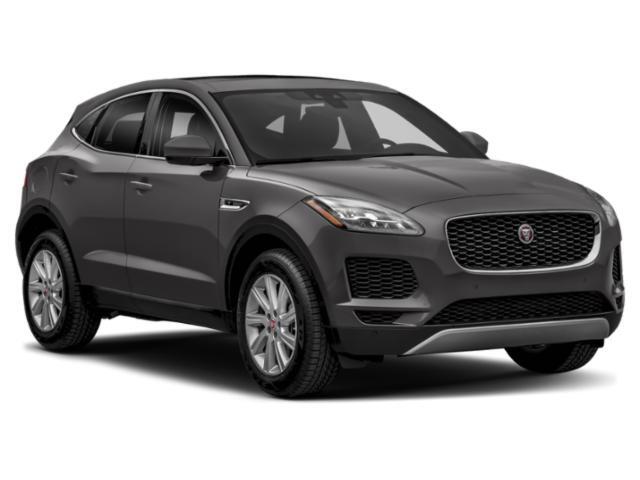
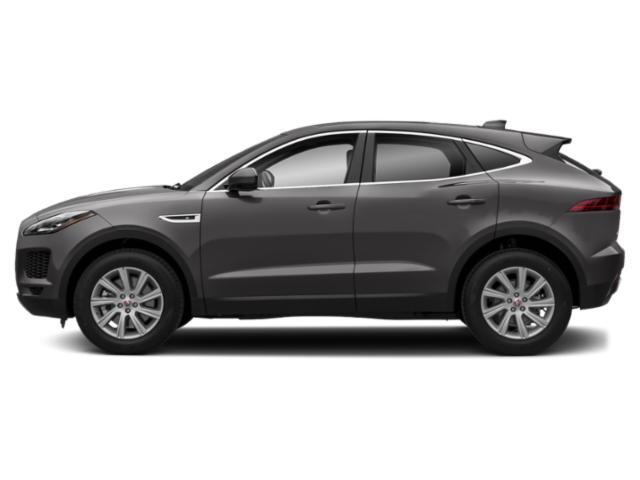
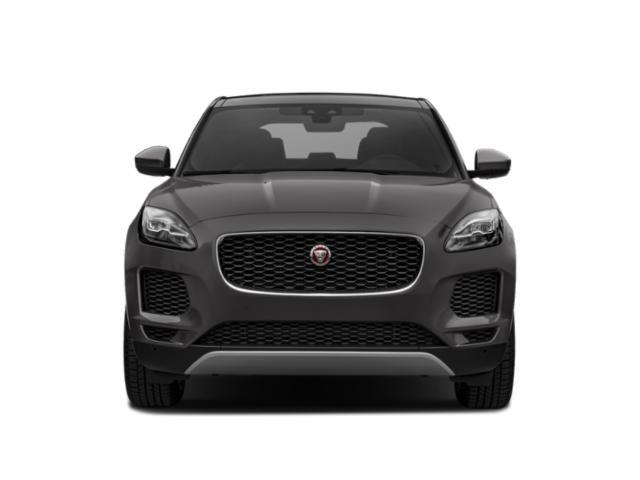
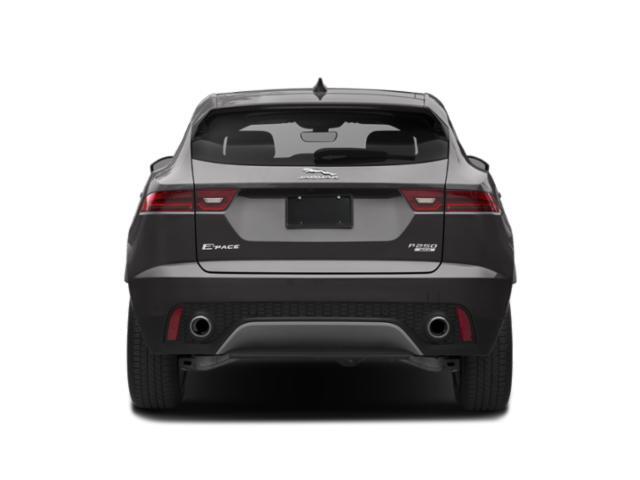
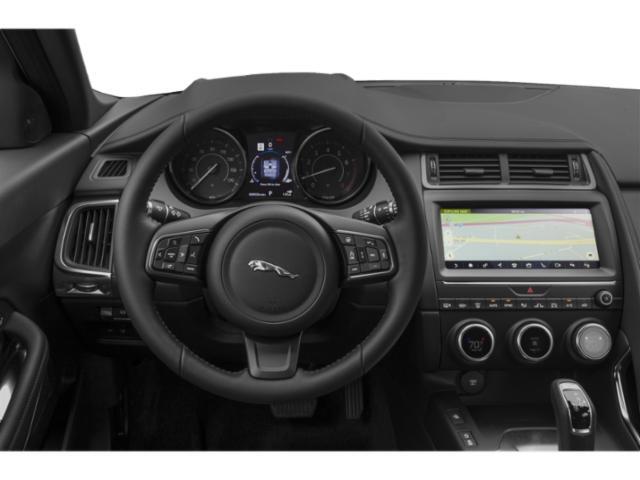

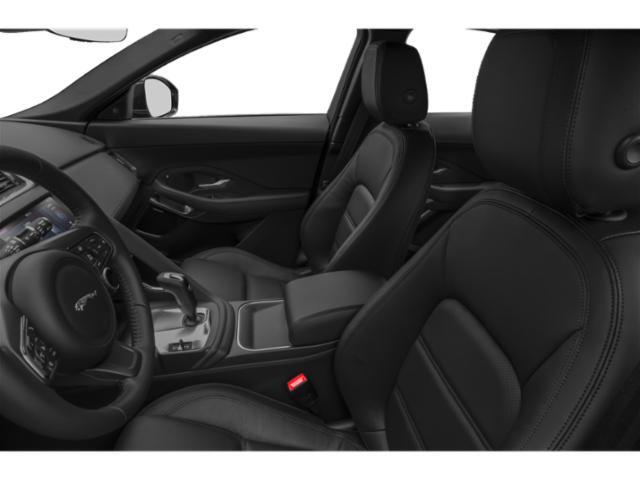

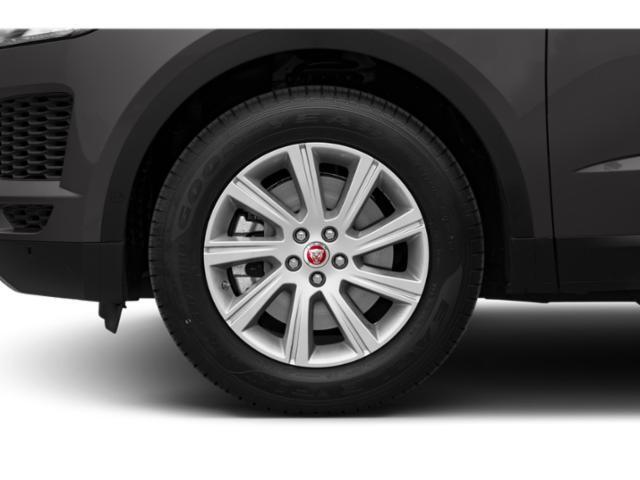
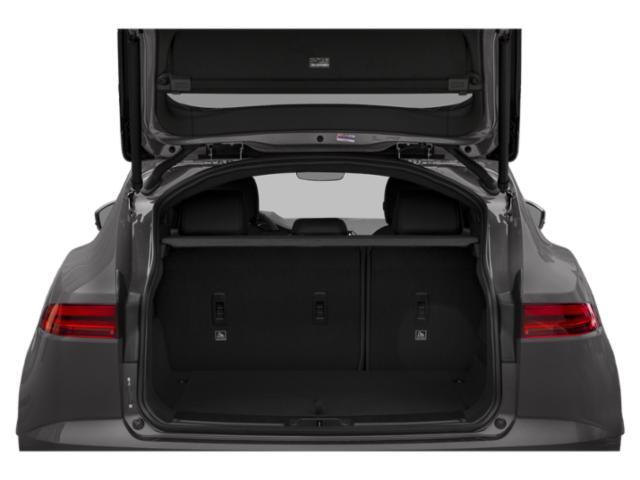
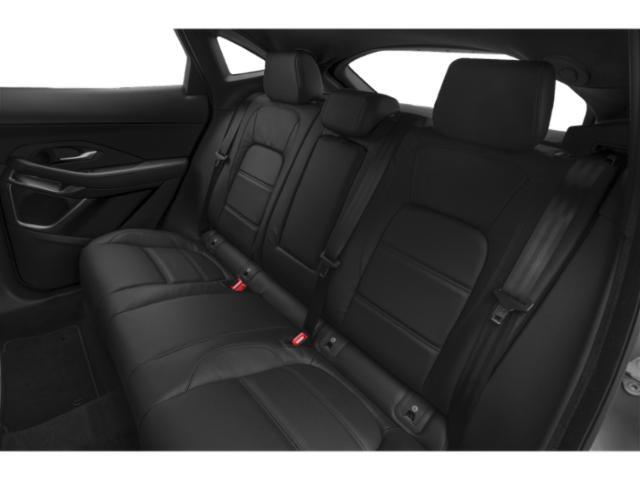
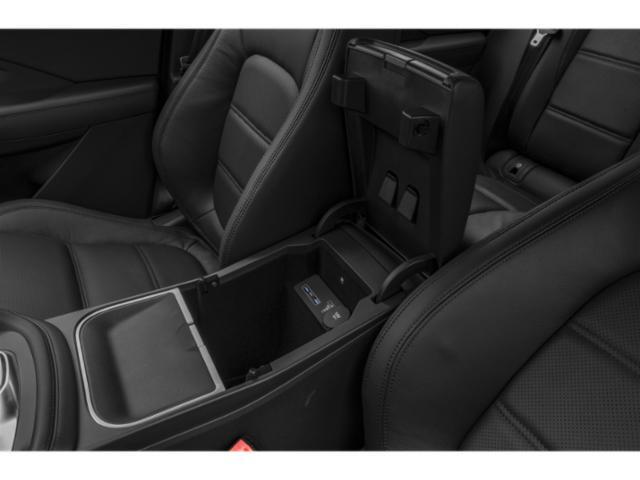
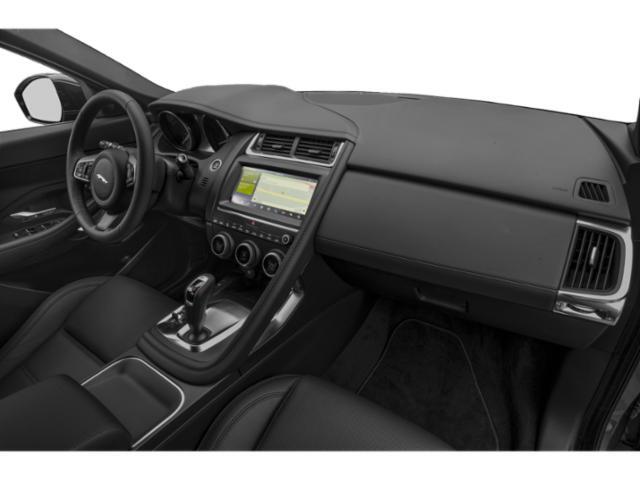
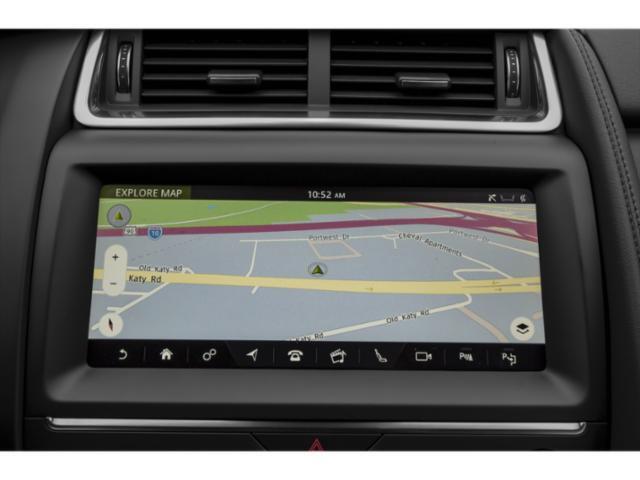















AutoTrader Review


This vehicle has not yet been reviewed



